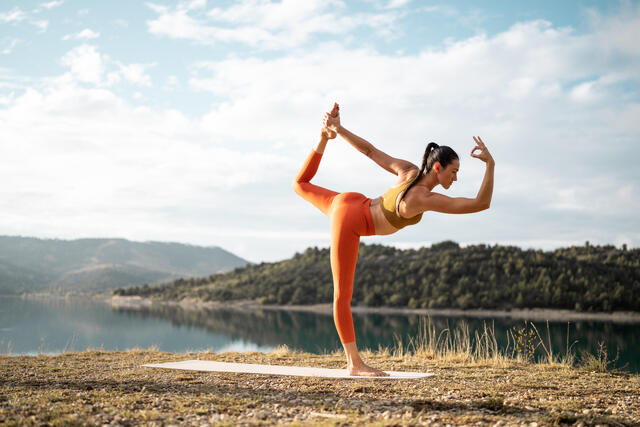Why is trampolining great exercise for kids and adults?
Bouncing on a trampoline is not only great fun, but it’s also a good way to get kids outside, without even leaving your home. If you don’t have a garden, there are lots of indoor trampolines on the market which are just as much fun.
Trampolining is a complete workout for growing bodies, but it’s also great for adult fitness too! It’s the perfect workout for busy parents who aren’t able to go running or get to the gym, and just 30 minutes a day can help you become a much fitter and healthier you. Here are some of the health benefits of bouncing on a trampoline for kids and adults of all ages:
• Less stress on joints: If you’re an elderly person, or someone who’s recovering from injury, doing some light bouncing on a trampoline could do you the world of good. This low-impact exercise removes up to 80% of the stress typically put on weight-bearing joints, which could also help reduce the risk of arthritic pain in the future.
• Improves cardiovascular health: As with other muscles in the body, the heart improves through frequent exercise. Regular 30-minute trampoline workouts can improve cardiovascular health in adults. And a strong heart can help fight off heart disease, and improve overall health and stamina, even in young children.
• Increased lung capacity: Jumping on a trampoline provides a good cardio workout, which in turn, can increase your lung capacity. As you exercise, your body takes in more oxygen, while carbon dioxide is expelled. As your fitness improves, your body becomes more efficient at getting oxygen into the bloodstream and transporting it to your muscles.
• Helps prevent disease: Research has found that bouncing on a trampoline can activate the lymphatic system, which helps protect you from infection by releasing white blood cells that fight off bacteria, viruses and parasites. It also helps to remove toxins, fats and dead cells to cleanse the body.
• Strengthens young bones: Regular exercise helps increase bone density, which can reduce the risk of osteoporosis in later life. As trampolining is a low-impact exercise, it’s a much safer way to strengthen growing bones, compared to high-impact sports which can put more stress on the body.
• Improves balance and coordination: A trampoline can help to develop a child’s gross motor skills—which allow them to do everyday activities such as walking, jumping and bending—by using the larger muscles in the arms, legs, back and torso. Bouncing on a trampoline also requires more coordination than on solid ground, and it improves balance and strength too.: A trampoline can help to develop a child’s gross motor skills—which allow them to do everyday activities such as walking, jumping and bending—by using the larger muscles in the arms, legs, back and torso. Bouncing on a trampoline also requires more coordination than on the solid ground, and it improves balance and strength too.






















